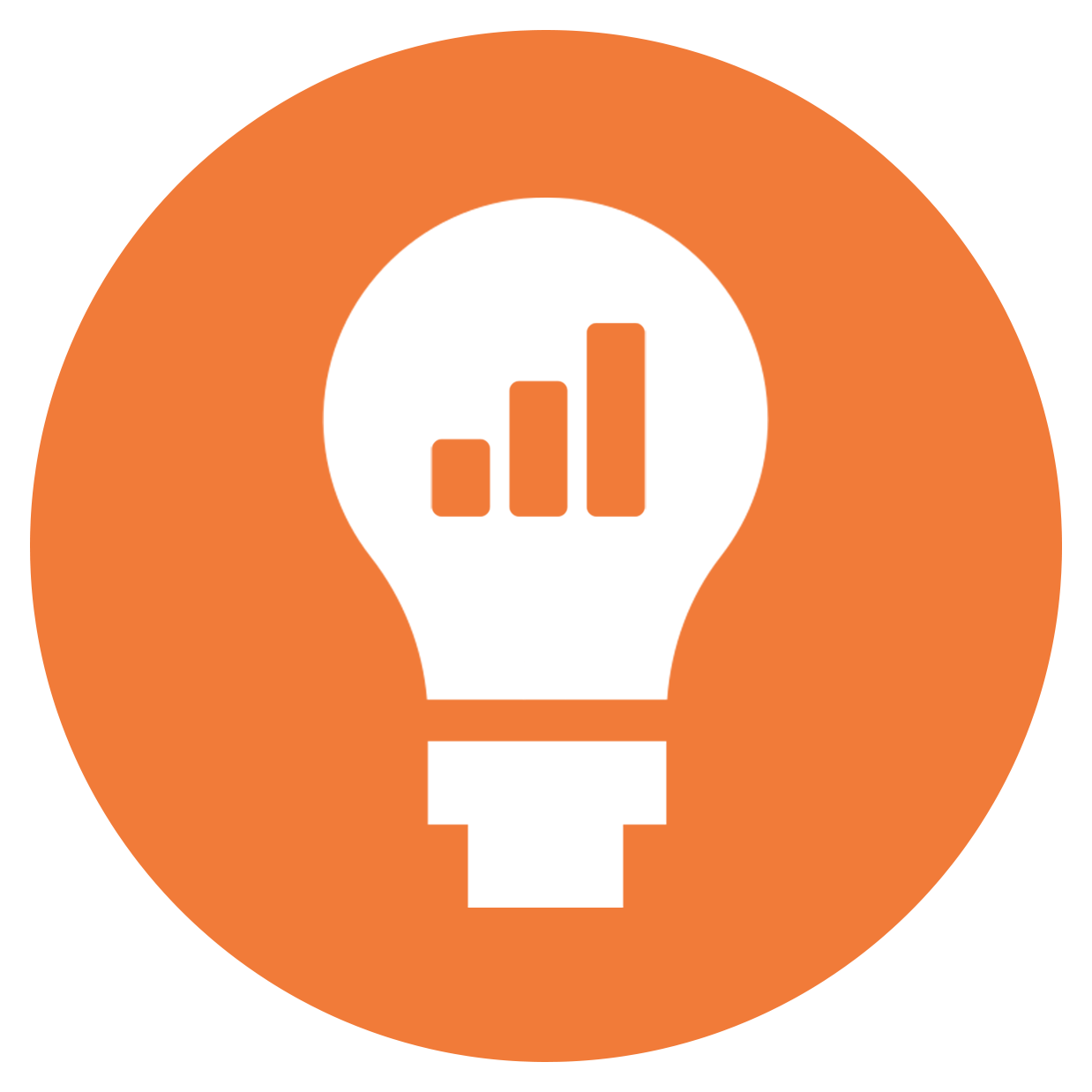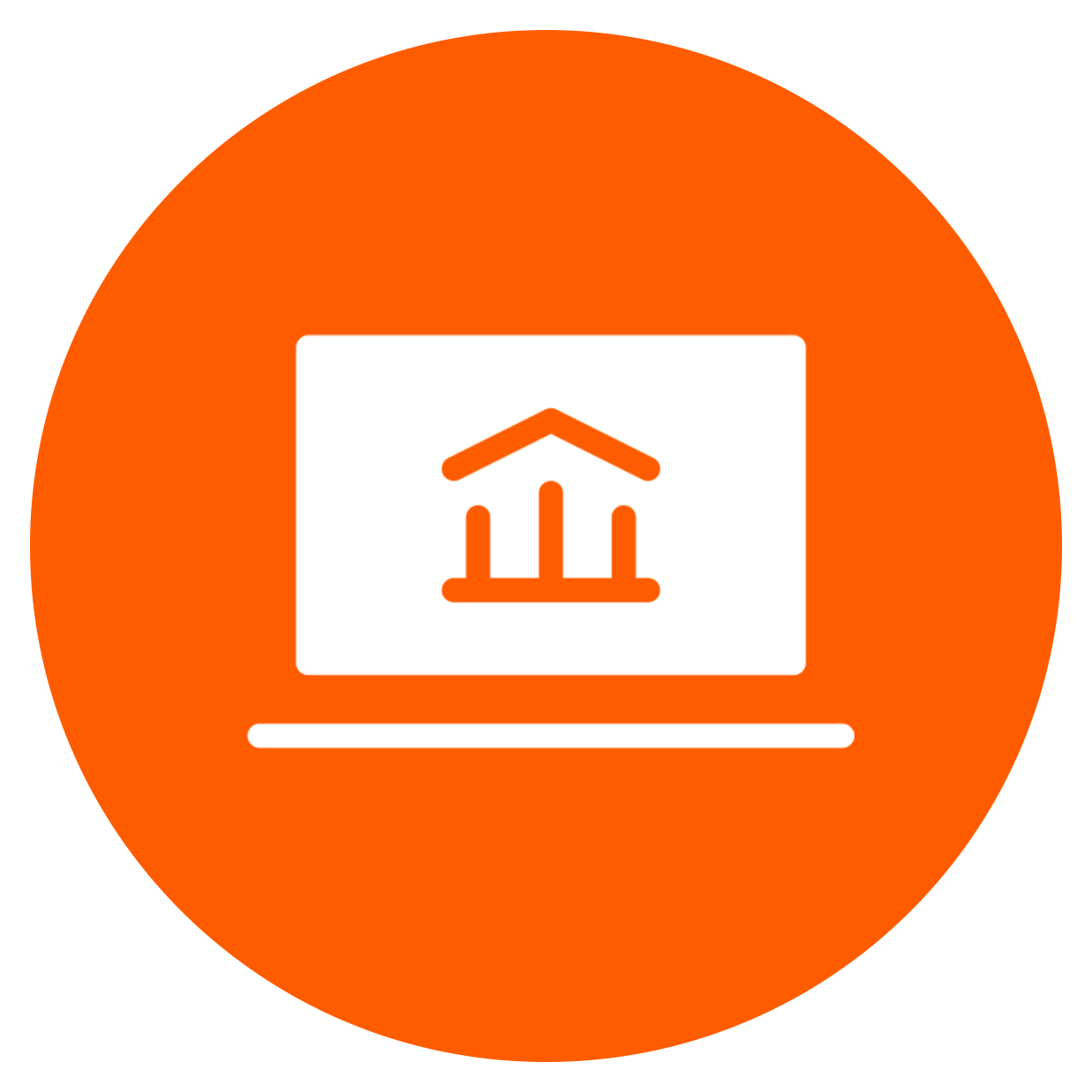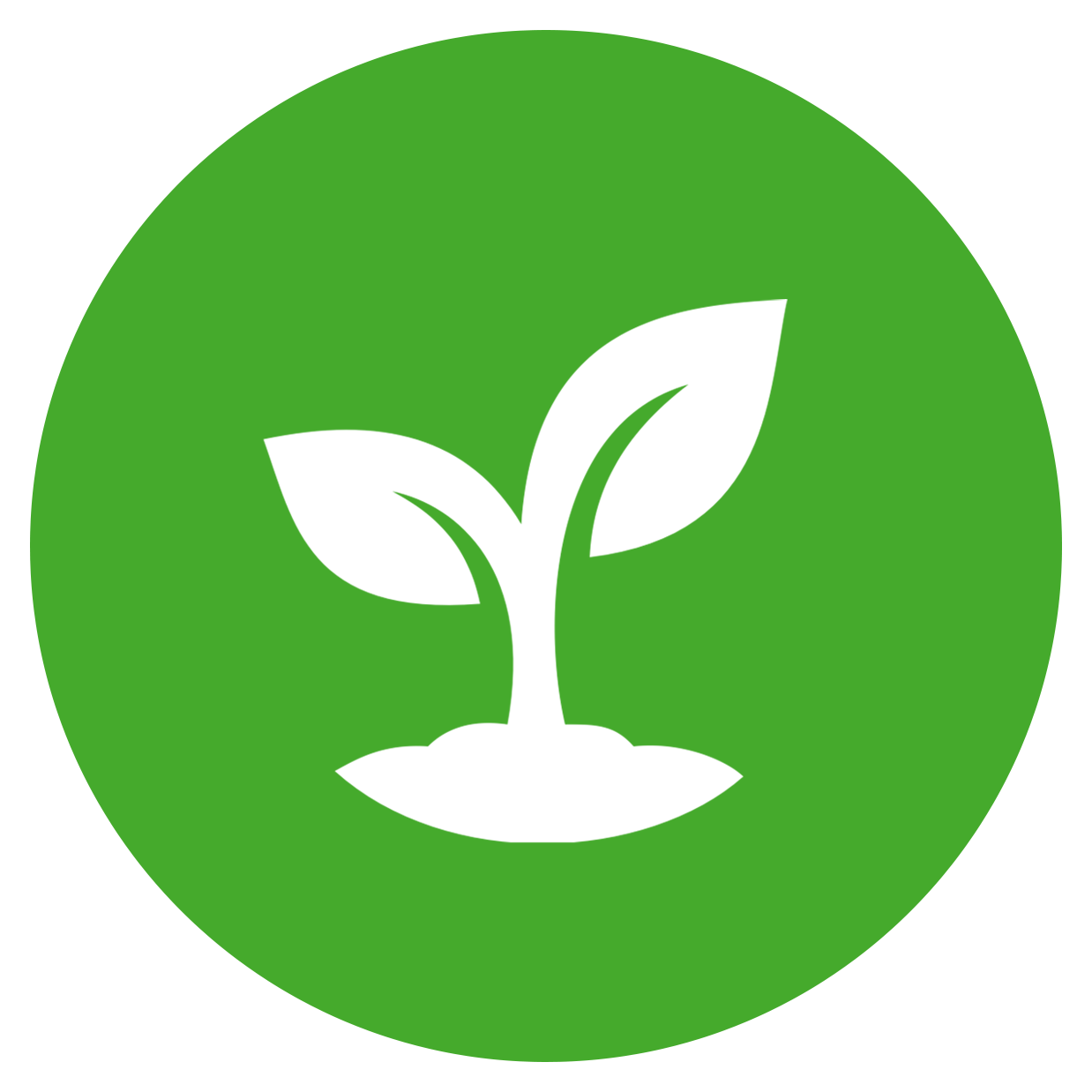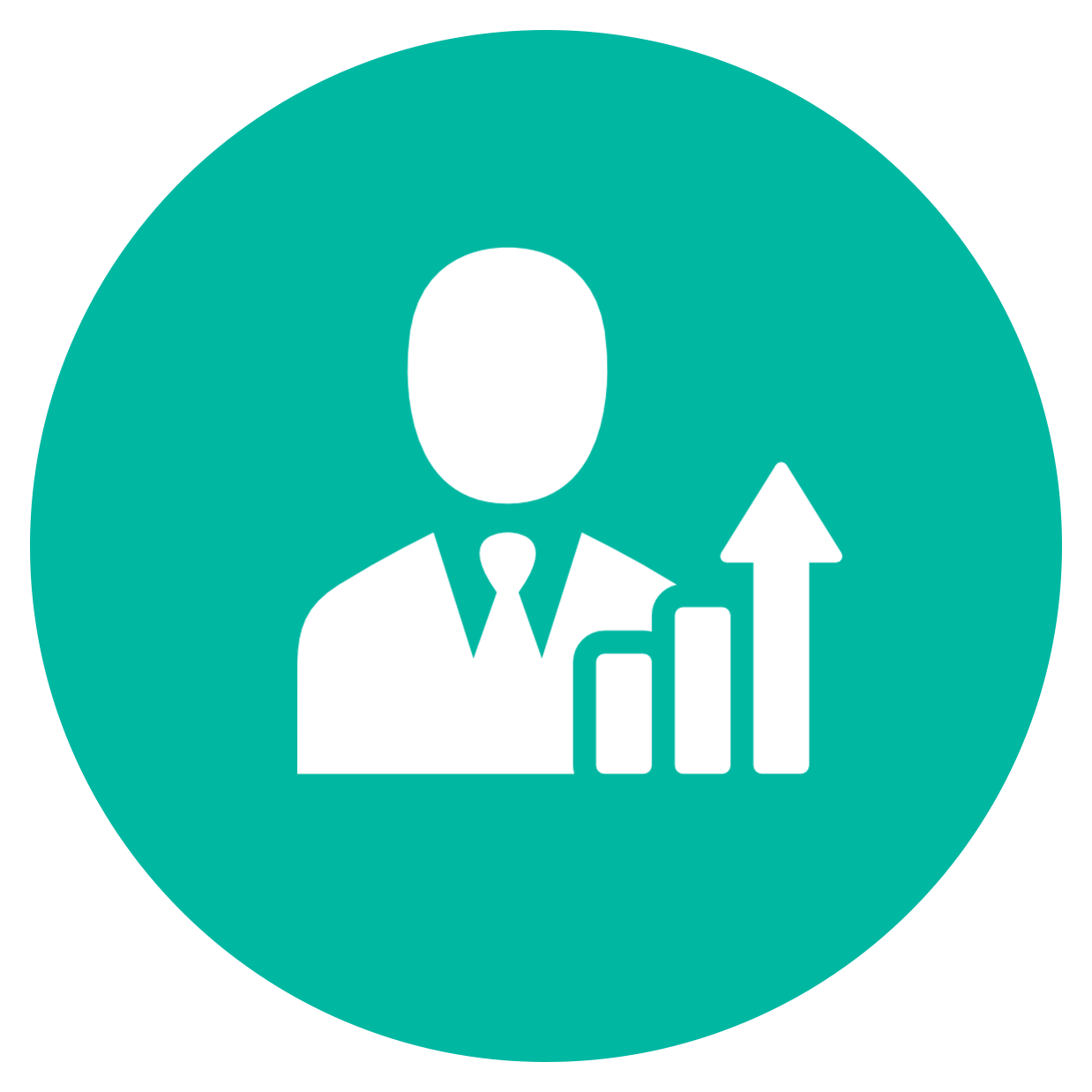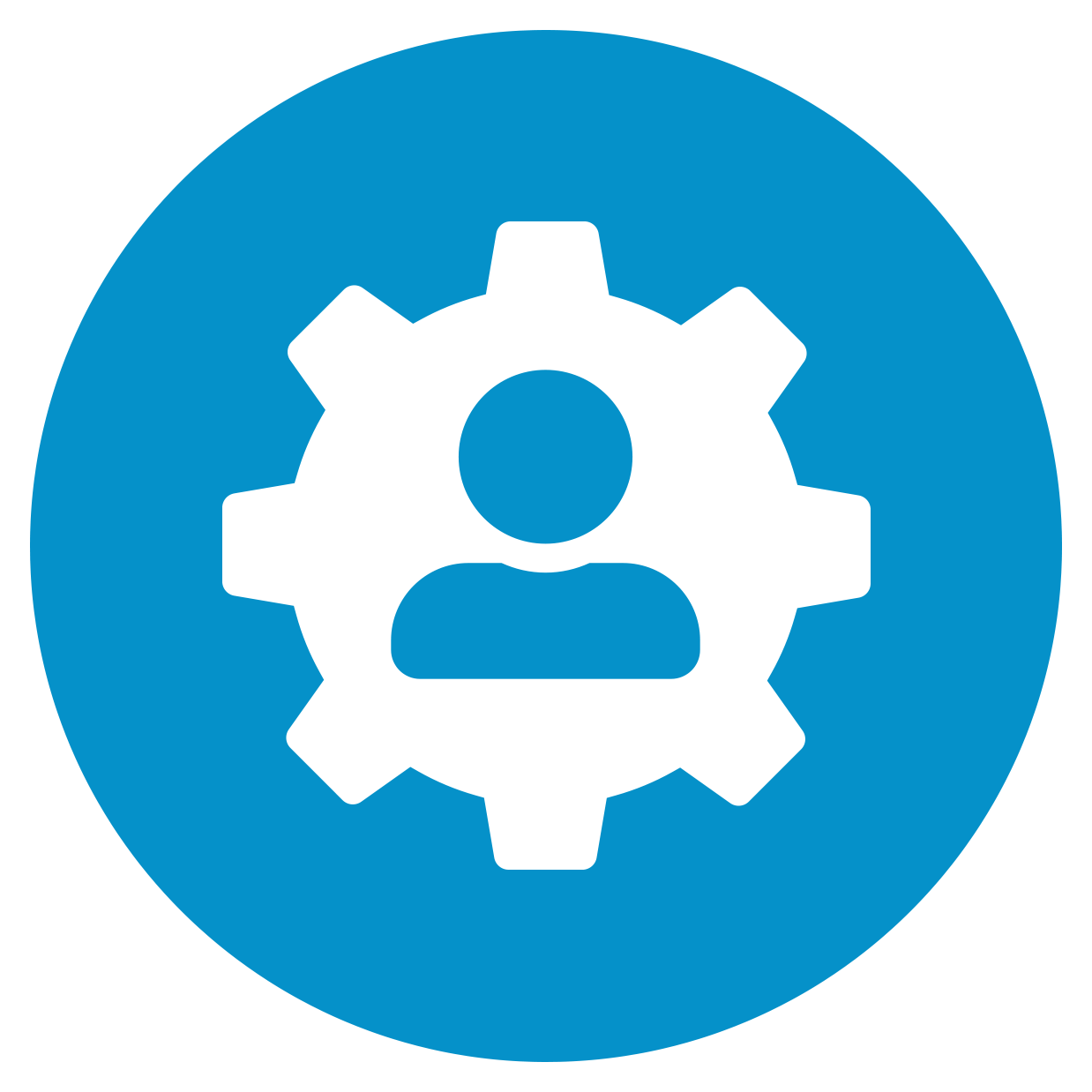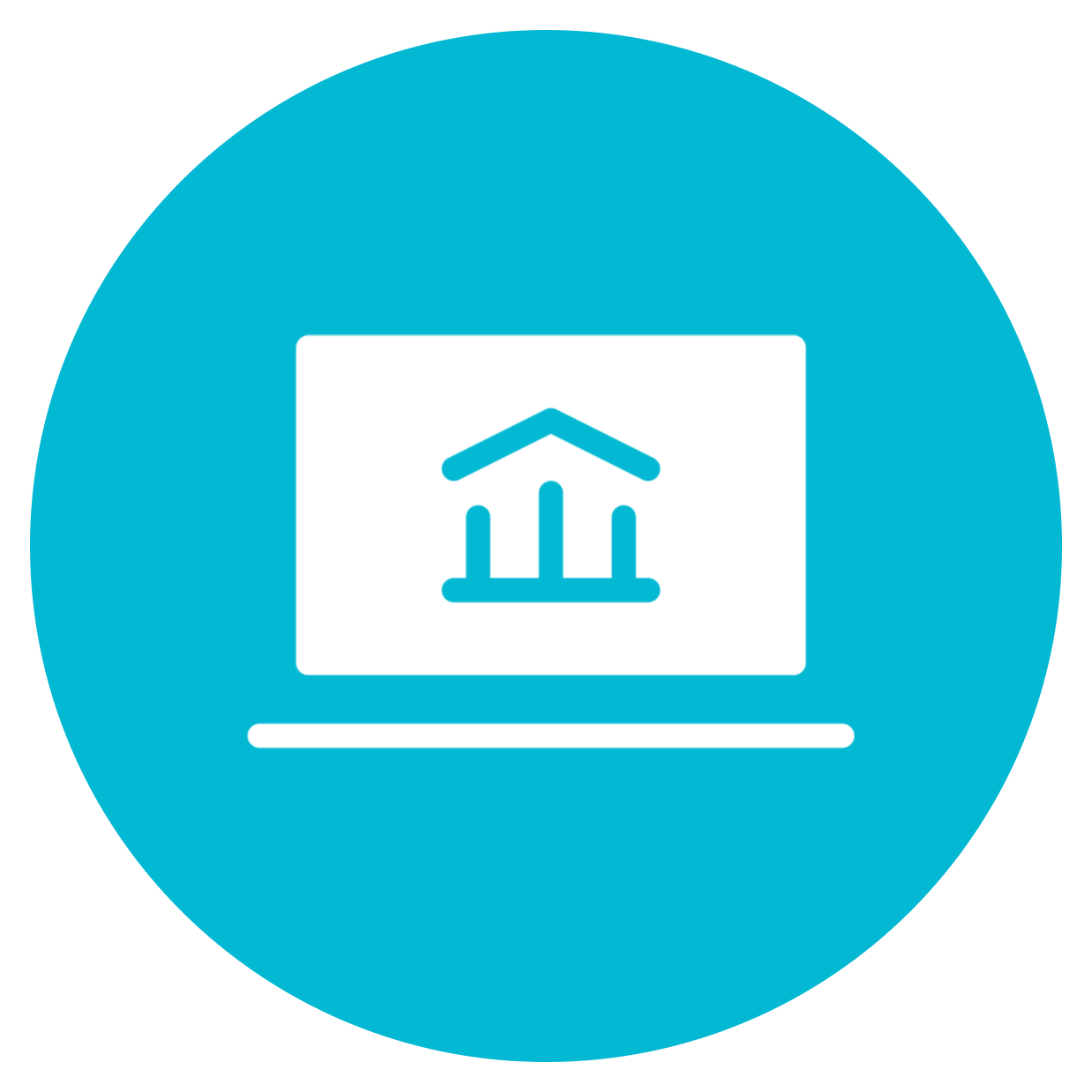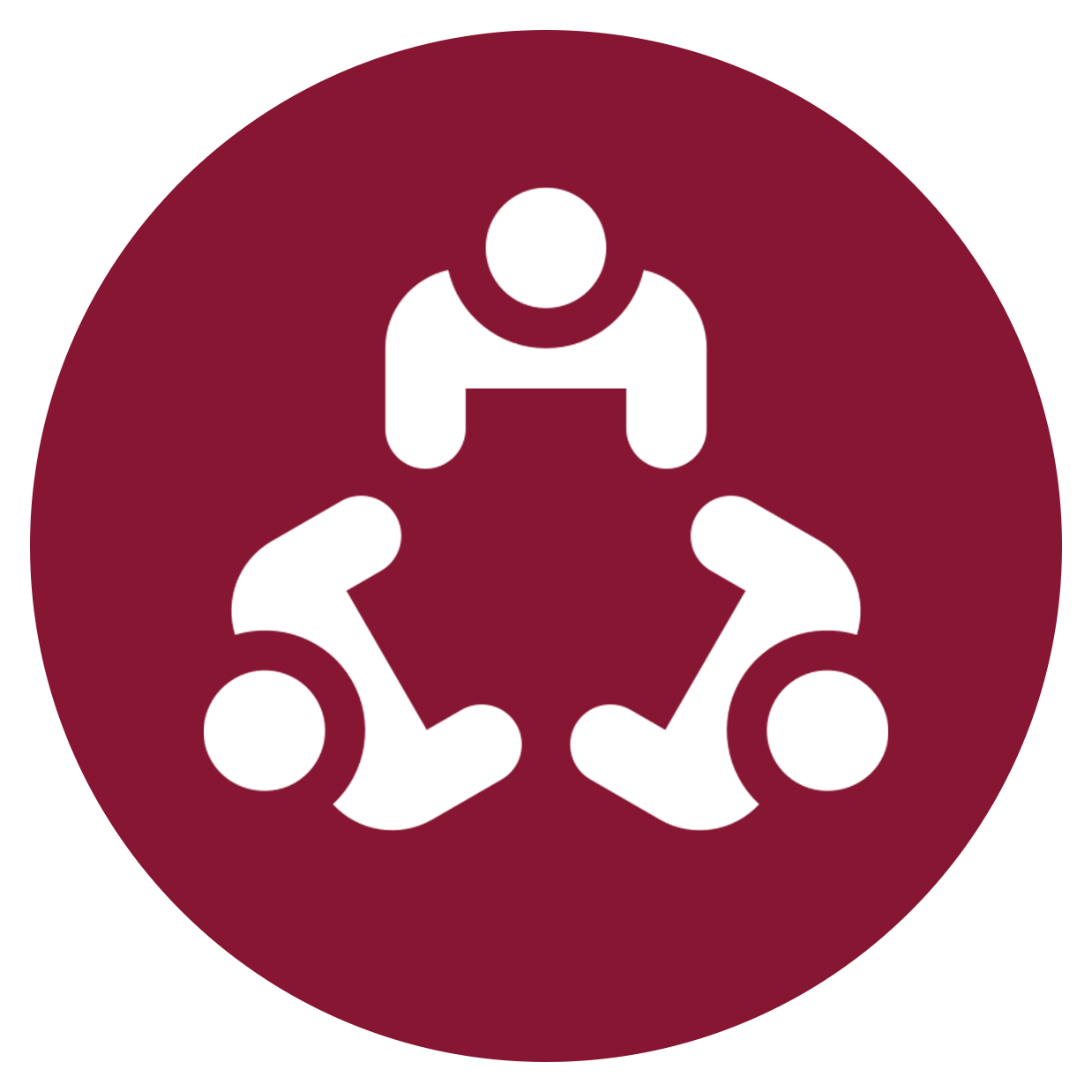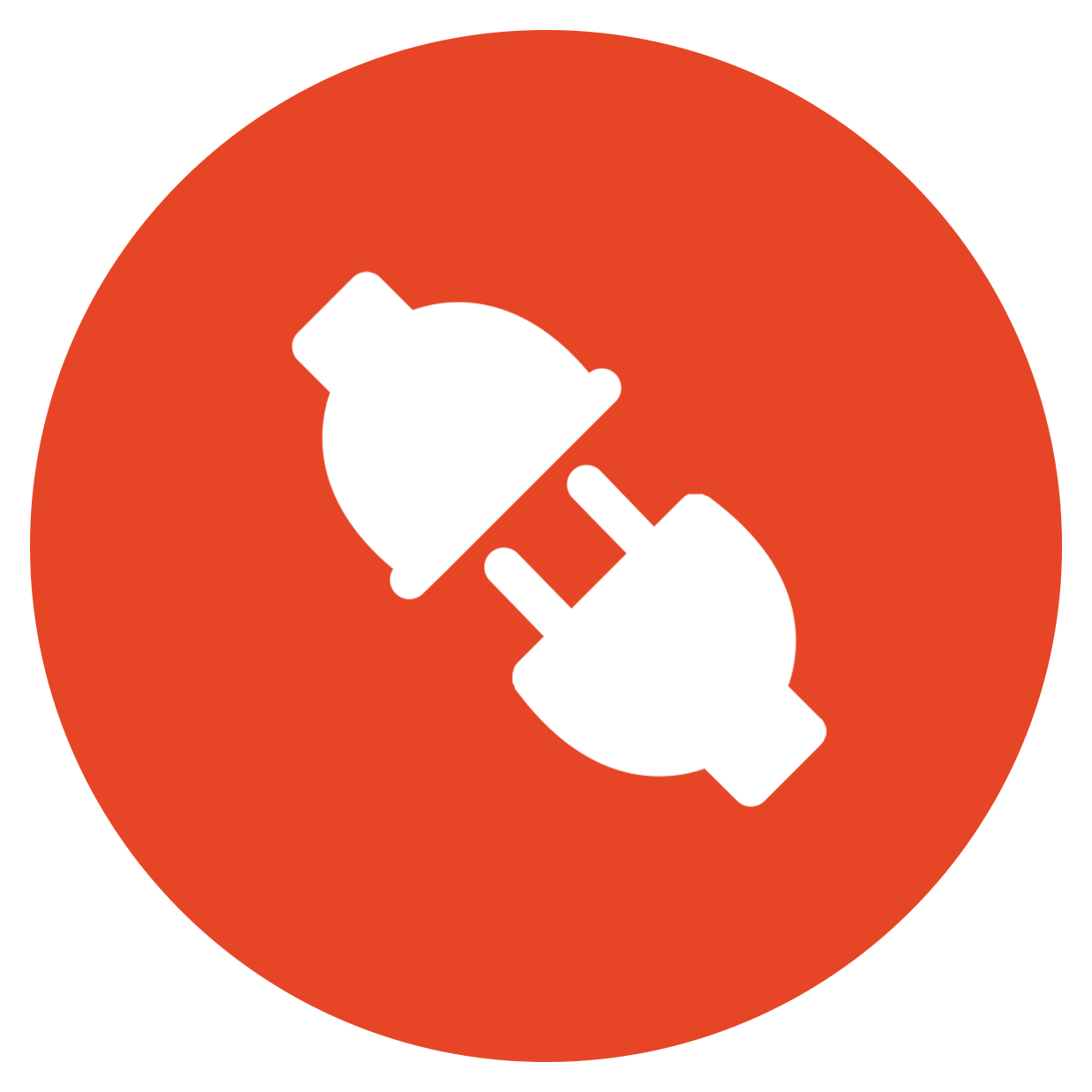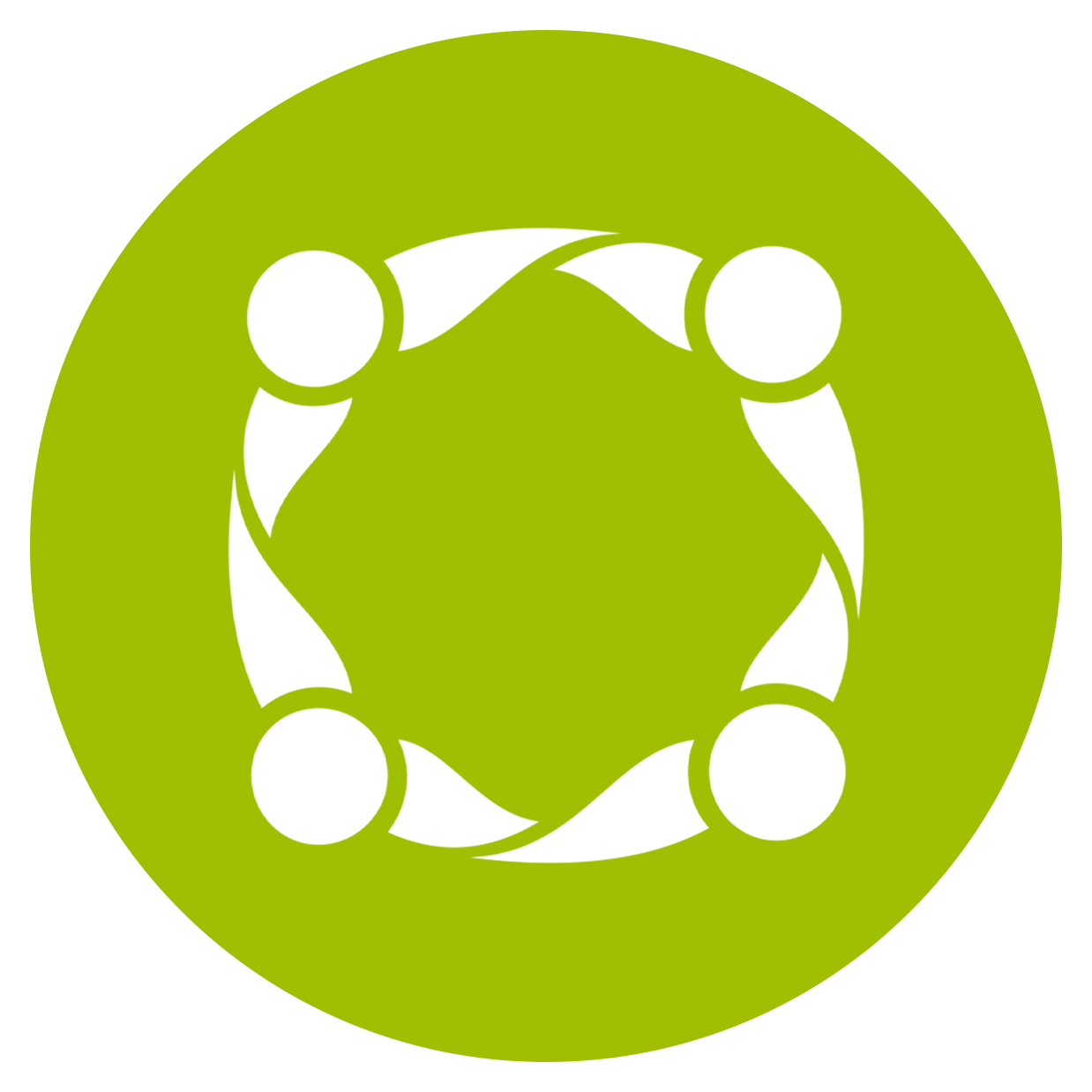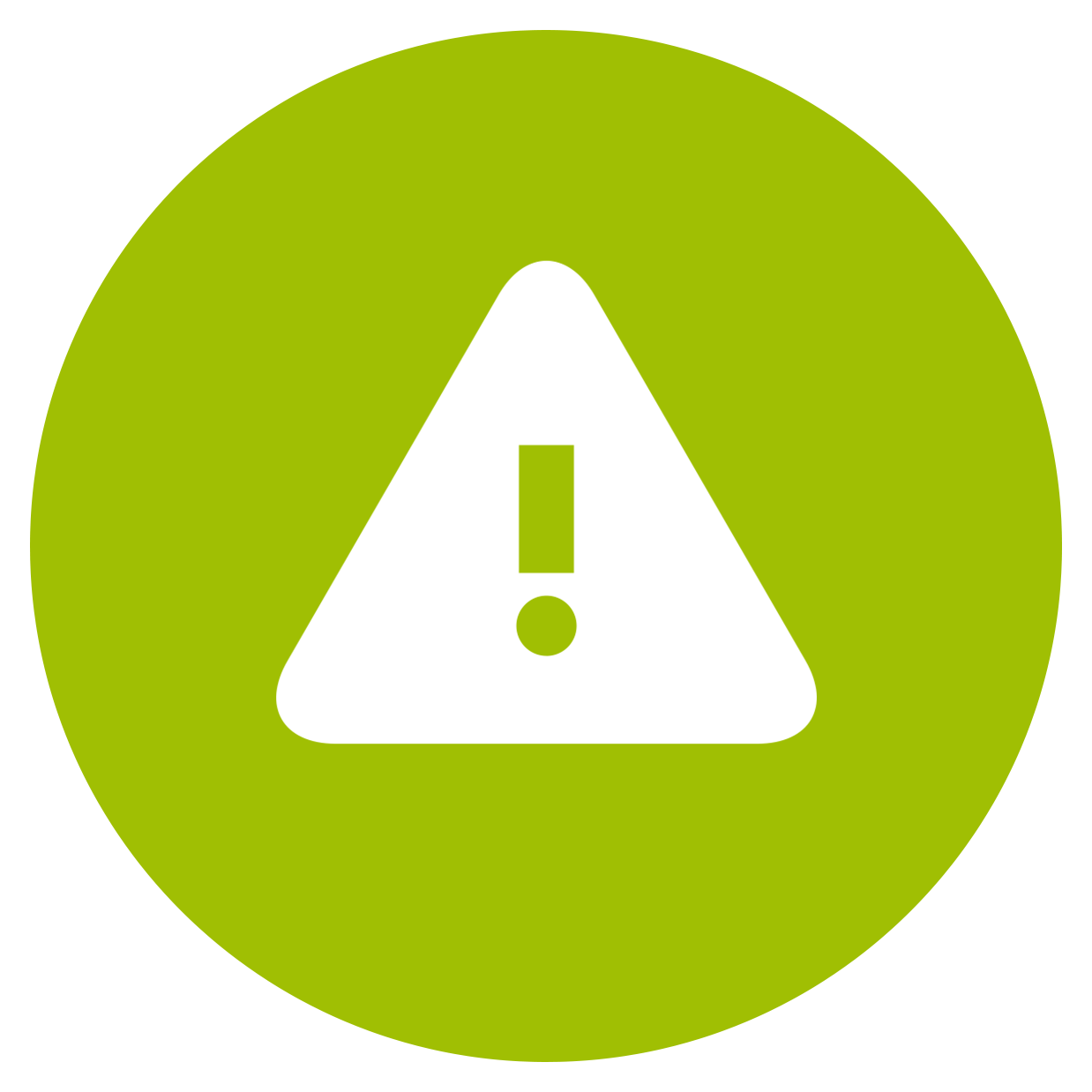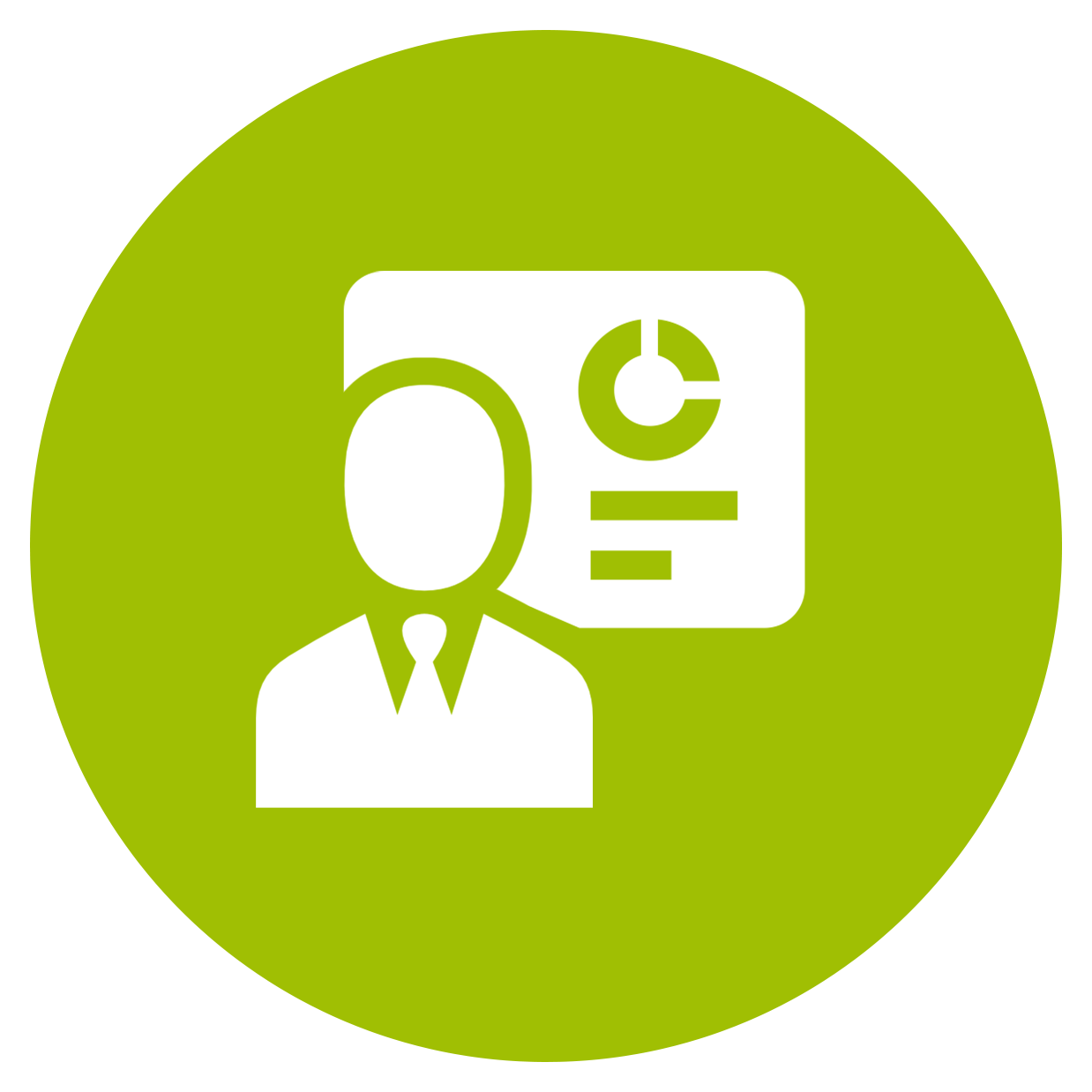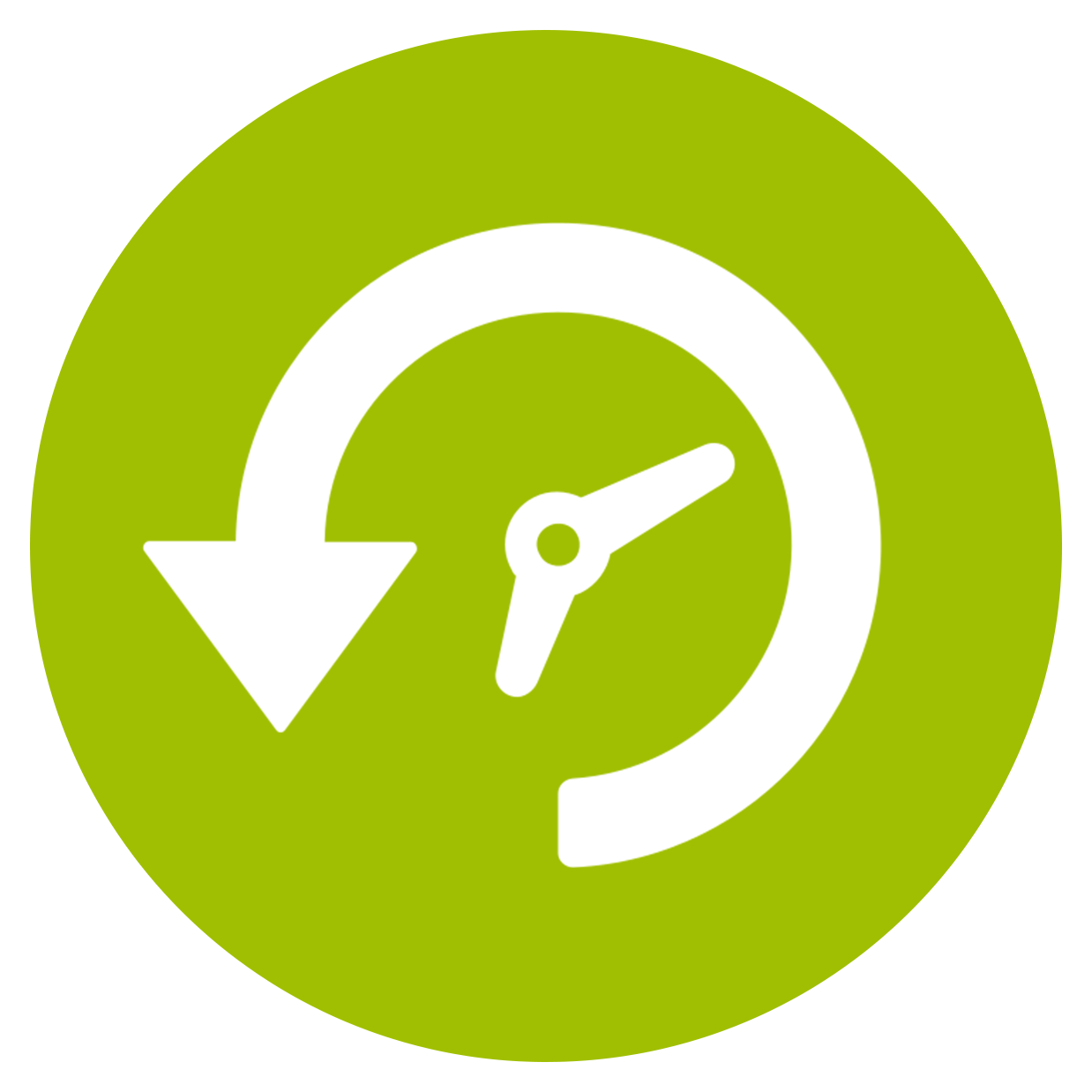Customer Journey Conversion: Turning Prospects into Paying Customers
Written by Support EXP
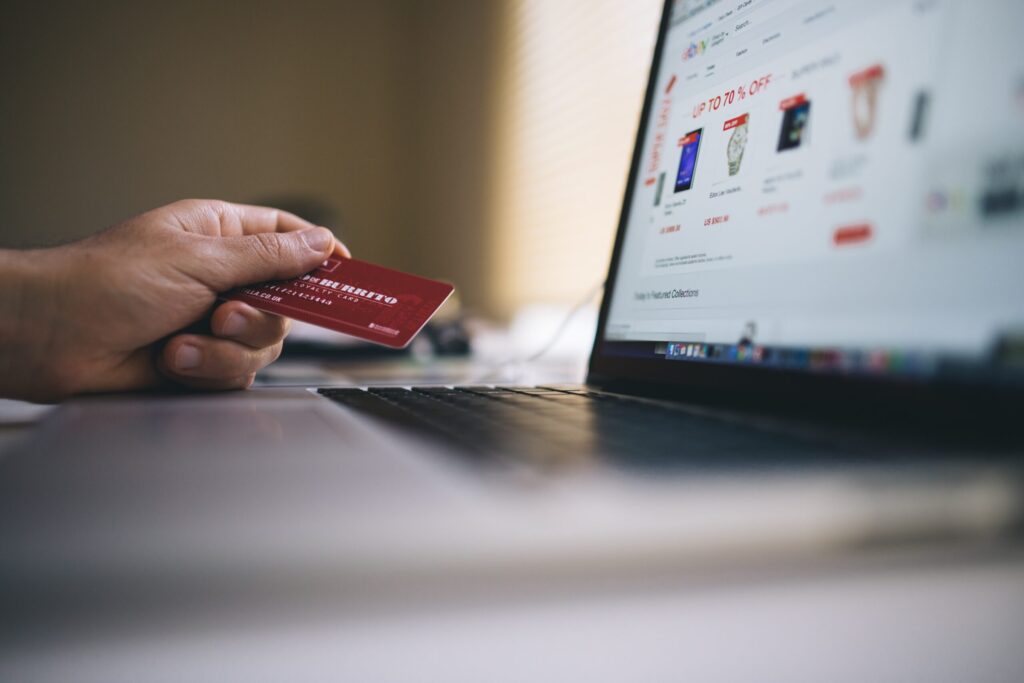

You’re running ad campaigns with great reach. Your website gets plenty of traffic. Yet you’re struggling to convert these visitors from casual browsers to committed customers. Does this scenario sound familiar? If so, your business needs concrete strategies to finish the customer journey conversion. We’re tackling that topic today, covering the basics behind conversions and how you can leverage this information to create more paying customers.
Key Takeaways:
- Before you can convert a prospect to a customer, it’s important to understand the stages of awareness that each visitor might be in.
- The main stages of awareness are unaware, problem aware, solution aware, brand aware, and most aware. Your approach for each of these types of customers should be different.
- Based on the stages of awareness, you can utilize a conversion funnel to visualize where customers are at in their journey and effectively target your efforts.
- The most common types of conversion funnels are the three-step funnel, the five-step funnel, and the omnichannel funnel. Depending on your marketing experience and goals, any of these funnels might be helpful for you.
Stage of Awareness: Converting Customers at Every Step
The first step to getting the customer is understanding the customer! Not all prospects are at the same stage in their journey, and it’s important to meet them where they are. You need to start by understanding what stage of awareness your prospect is at. This will give you the tools to target each prospect with specialized content that speaks to their specific needs. Below are the five common stages of awareness, and how each stage should impact your marketing toward customers!
Unaware
This type of potential customer is at the very first stage. They don’t yet know that they have a problem. Unaware prospects are most likely to encounter you through social media or online ads — they’re not actively looking for you, but they might come across your content. To engage with an unaware prospective customer, you need to show them that they have a problem you can fix! For example, if you specialize in online safety and device security, you might post on social media or run an ad campaign with the message, “Did you know that 60% of internet users will lose sensitive data this year?” You could link to an article on your site with important statistics and facts about online safety, and include a CTA at the end, informing prospects of the ways you can help protect customers online.
Your goal with this group of prospective customers is to show them that they have a problem — and demonstrate how you have the best solution for them.
Problem Aware
Problem aware prospective customers know that they need help. Maybe they’re googling “how to fix a leaky drain” or “best ways to get rid of back pain.” They might also turn to platforms like social media to find advice for their situation. These prospects are great because you don’t have to sell them on the problem — you just have to demonstrate that you have the most effective solution!
How should you engage with these possible customers? Be where they are. Create a website or social media content that answers common search queries related to your industry. Prioritize sharing information first, rather than throwing your brand at prospects right out of the gate. You should definitely discuss your products or services, but balance that with other information and tips to build rapport and trust with the customer.
Solution Aware
This type of prospective customer knows that they have a problem. They also know the general type of solution they need. However, they don’t know about your brand or services yet. Solution aware individuals are usually searching for products, combing reviews, and looking for the best version of the solution available. For instance, this customer knows they have a leaky gutter, and knows they need to buy a new gutter system, but hasn’t decided which one to go with.
Engage this type of customer with content that shows that you understand their challenges and offer a product that’s superior to others on the market. Good reviews, video testimonials, and free trials or demos are all ways to interact with prospects at this stage of awareness.
Product Aware
One step further in the stages of awareness is the product aware prospect. This customer has already done research, and they’ve seen what you have to offer. However, they’re also looking at your competitors’ products and trying to make a choice from a handful of options.
For this demographic, focus on comparison. Make it easy to find product specs and photos, and highlight anything that makes you stand out — maybe it’s a free one-year warranty, or personalized customer service. Research your biggest competitors and focus on the areas where your brand is superior.
Most Aware
Most aware prospects are incredibly close to making that purchase! They might just need a little nudge. Maybe they’ve signed up for your emails and put that item in their online shopping cart, but haven’t yet clicked the final “buy now” confirmation.
Get them over the edge by emailing them a discount coupon code or special product offer; increase the sense of urgency by making it valid for only a few hours or a few days. You want to avoid abandoned carts that sit forever because the prospect couldn’t make that final decision.
No matter what stage of awareness the customer is at, your basic goal is the same: meet the prospect where they are, and give them the tools they need to understand their problem and find your business.
Conversion Funnels for the Customer Journey
A conversion funnel is a way to visualize the customer’s journey from unaware internet browsers to committed customers of your business. There are multiple types of conversion funnels, all of which can help you improve your customer journey conversion rate and target your marketing efforts in the areas that are most important. Below are some of the major types of conversion funnels, along with their pros and cons.
Type 1: The Three-Step Funnel for Customers
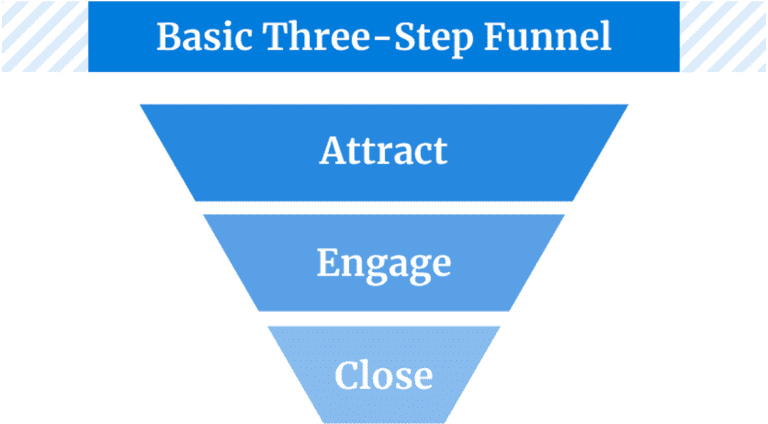

- Attract: This stage covers all the different marketing tools you might use to get customers into your store or on your webpage at the beginning of each journey. It might be online ads, social media posts, or even search engine optimization (SEO).
- Engage: Here, you’ll need to engage the customer in some way. Show them why they should care about your product and what makes it stand out from the rest. Use compelling content marketing and digital templates to show the user what’s in it for them.
- Close: Seal the deal with an attractive discount, a follow-up email, or just a well-placed CTA.
This conversion funnel is basic, but it covers all the important stages of awareness and consolidates them into an even more basic pattern so you can understand the overall journey better.
Type 2: The Five-Step Funnel


A slightly more advanced way to understand customer journey mapping is the five-step funnel. This method helps you visualize marketing along the journey in five basic steps instead of three. While it includes slightly more steps on the user journey than the three-step funnel, it is still a fairly basic analysis tool that beginners can feel comfortable using. Below are the five important stages of the customer journey, according to this method.
- Awareness: At this stage of the journey, you simply want the user to be familiar with your brand, and interested enough that they visit a few pages on your website. Marketing techniques like Google ads, social media posts, and Facebook advertisements would all fall into this level of the five-step funnel.
- Interest: You’ve created some leads with your initial marketing. The potential customer is browsing your website. How can you convert visitors from casual scrollers to interested, would-be buyers? That’s the question this step addresses. Here, you’ll look at strategies like optimizing the content on your website to get more conversions, curating social media posts that share opportunities with prospective customers, and generally finding ways to show a casual website visitor that you have something important to offer them.
- Desire: Now that you’ve piqued the customer’s interest, you want them to want your company’s products and services. Leverage onsite search and other functionalities to keep the visitor on your page, and sell them on your product with an exclusive coupon or offer.
- Conversion: Success! At this stage of the journey, you’ve finally made the sale. Your well-placed CTA button, compelling website content, or quality marketing has finally gotten the customer to one of the most important steps on their journey.
- Re-engage: You might think that once you’ve converted a lead into a customer, your work is done. In reality, however, you should keep engaging with past customers. If you build rapport with them through a friendly email and some good follow-up, you can boost customer loyalty and ensure that once you’ve initially attracted your customers, they’ll continue to buy from your business again and again.
Type 3: The Omnichannel Funnel
The omnichannel funnel is a much more detailed approach. Instead of a simplistic representation of the customer journey, this type of funnel seeks to map out every possible way a prospective customer can get from becoming brand-aware to clicking the “purchase” button. For this reason, there is no one-size-fits-all representation of this funnel. Rather, the exact steps it represents along the customer journey will vary widely from business to business. The important thing is that the channel accurately represents the customer journey conversion for you.
Why should you put the extra effort into creating and using an omnichannel funnel to visualize the journeys that customers might experience? The more detail you include, the more insights you’ll receive into customer behavior and how you can improve touchpoints and conduct analysis to make sure no prospective customer is getting left behind. Plus, you can create actionable customer personas based on your research and analysis. The initial setup process might be difficult, but you can expect to reap rewards in the form of better optimization and scalability, plus the unique ability to identify and target a specific demographic that’s most likely to lead to conversion. This approach minimizes wasted marketing dollars and helps you create the best experience for all of your customers while converting leads more quickly.
Recap/Closing: How Customer Journey Mapping Can Help You with Conversion
In conclusion, if you’re looking to create customer journey conversion, you’ll need to understand the important stages of customer awareness and the types of marketing funnels that you can use. Once you understand where most customers are at in terms of awareness, and create and customize a funnel that works for you, you can leverage that research, create goals for conversions and development, and create better marketing content that meets customers where they are and invites them to experience the customer journey for themselves.
Are you looking to deliver a customer experience that leads to more conversions for your bank or credit union? We can help! At Support EXP, our team of experts can help you design and conduct a focused CX research plan that gets you predictably toward your priority objectives. Our analytics and consulting services will get you set up for success when it comes to helping customers on their journeys and strengthening their relationships with you. Contact us below to learn more about what we have to offer!

